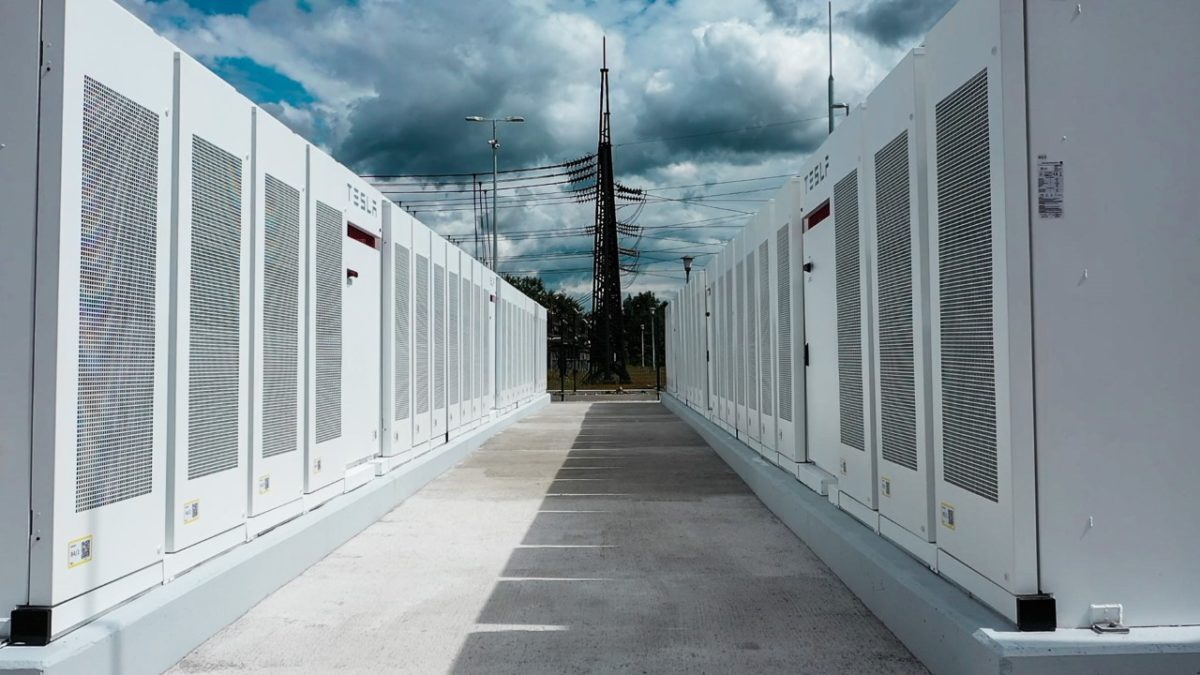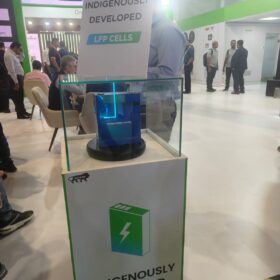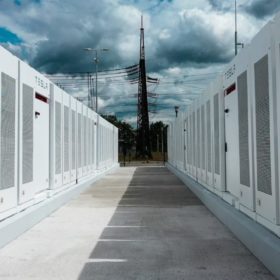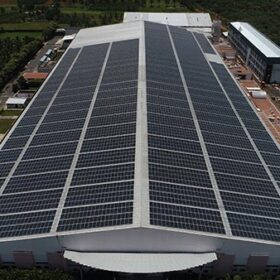New Delhi-based developer Azure Power may be keen to tout the fact its operational solar portfolio rose 54% in the 12 months from the end of 2018 but that failed to mask the fact it returned to a net loss in the final three months of last year.
The filing made by the NYSE-listed developer to the U.S. Securities and Exchange Commission revealed Azure posted a Rs136 crore reverse in the third quarter of the fiscal year, having announced a Rs16.5 crore profit 12 months earlier.
Nevertheless, Azure appears to be on the right path in terms of revenue from its ever-growing solar estate and pipeline, as well in relation to its immediate debt pile.
Debt reshuffle
The launch of a green bond last year may have raised various expenses related to reordering Azure’s debts but it has also seen the New York-listed company reduce its short-term commitments from Rs282 crore at the end of 2018-19 to Rs168 crore at the end of December. During the same period, the amount owed for accounts payable came in from Rs348 crore to Rs186 crore and the current portion of the developer’s long-term debt reduced from Rs729 crore to Rs230 crore. That adds up to a reduction in total current liabilities from Rs1,700 crore to Rs858 crore.
The flip side of such impressive gains – or reduction in negatives – is that long-term debt has risen from Rs6,170 crore at the end of 2018-19 to Rs8,160 crore at the end of 2019 as total liabilities ballooned from Rs8,350 crore to Rs9,870 crore.
But that is for another day and did not deter Canadian pension fund Caisse de depot et placement du Quebec from raising its holding in the company from 41.4% to 49.4% during the October-to-December window, almost raising the question: When is an Indian developer a Canadian developer?
Curtailment
As far as that quarterly loss is concerned, Azure pointed to curtailment demanded by grid operator the Andhra Pradesh State Load Dispatch Center, lower rooftop solar revenue, Rs50.9 crore more in interest charges and a hike in administrative expenses which included the cost of “management transition”. Tantalizingly, the SEC filing offered no further explanation on that point.
Azure pointed out it has filed for recovery of money lost due to the Andhra Pradesh curtailment it believes is in contempt of a court ruling. However, the chances of squeezing payments out of any cash-strapped grid operator in India appear slim to non-existent.
The developer also took a swipe at the safeguarding duty applied to Chinese and Malaysian solar modules shipped to India, pointing out it could have saved a further Rs25 lakh and Rs41 lakh on the cost per installed megawatt of operating DC and AC project capacity, respectively, if the protectionist duty did not exist. Despite the grumbling, Azure announced the cost per megawatt of DC project capacity had fallen Rs98 lakh to Rs3.44 crore in the first nine months of the fiscal year, compared to a year earlier. The AC cost came in at Rs4.79 crore from Rs4.85 crore during the same period, with falling solar module prices the main driver.
Such savings further endorse the direction of travel for Azure and shareholders were treated to a classic example of corporate double-speak in the filing with the developer announcing it had “right-sized its employee strength” during the last quarter. The cost of operations also fell, year-on-year – 28% in the third quarter compared to Q3 2018-19, to Rs1.64 lakh.
Climate change
Plant load factor was affected by an extended monsoon season and it will be interesting to note how much Azure’s board may feel it necessary to mitigate against such ‘exceptional’ events given the ever more visible effects of climate change around the world.
With third-quarter revenue rising 25% year-on-year, to Rs305 crore, the Azure pipeline expanded to 5.3 GW by the end of the year, up 2,241 MW from the end of 2018. However, it would be interesting to have more details of the 150 MW worth of unsigned power purchase agreements Azure has walked away from since December 31, given the constant speculation about the viability of some of the ultra-low tender bids made by the company in India.
As far as the outlook goes, Azure said it expects to have 1,800-1,825 MW of operational solar capacity by the end of March and 2,650-2,950 by the end of 2020-21. Anticipated revenue of Rs1,280-1,340 crore this year is expected to rise to Rs1,580-1,660 crore next year.
At that rate, the developer may even be able to afford to “wrong-size its employee strength”.
This content is protected by copyright and may not be reused. If you want to cooperate with us and would like to reuse some of our content, please contact: editors@pv-magazine.com.









By submitting this form you agree to pv magazine using your data for the purposes of publishing your comment.
Your personal data will only be disclosed or otherwise transmitted to third parties for the purposes of spam filtering or if this is necessary for technical maintenance of the website. Any other transfer to third parties will not take place unless this is justified on the basis of applicable data protection regulations or if pv magazine is legally obliged to do so.
You may revoke this consent at any time with effect for the future, in which case your personal data will be deleted immediately. Otherwise, your data will be deleted if pv magazine has processed your request or the purpose of data storage is fulfilled.
Further information on data privacy can be found in our Data Protection Policy.